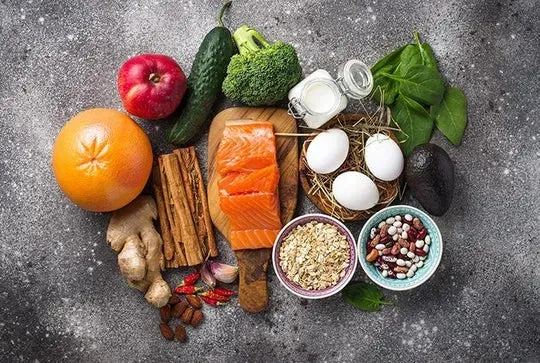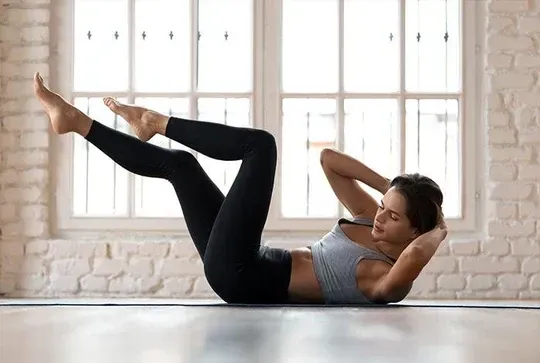Oil or cream: what is the difference in effectiveness?
Bathroom stars, oil and cream are often used interchangeably. Yet their cosmetic properties have little in common. More penetrating, richer and more active: oils are precious allies in your slimming ritual and in preserving the beauty of your skin.
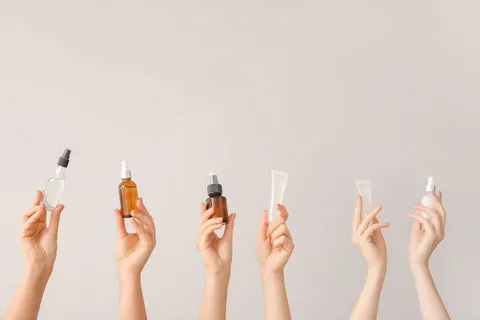
Oil and cream: a difference in galenics
- By definition, an oil is a 100% lipid substance. It consists exclusively of fats and contains no water.
- A cream is a homogeneous mixture of fats (particularly oils) and a watery phase. This is known as an emulsion.
Not all oils are created equal
There are three types of oils and fats used in cosmetics:
- mineral: these are substances derived from petrochemicals (liquid kerosene, petroleum jelly).
- vegetable: made up of triglycerides, they are obtained by pressing seeds or fruits, or by solvent extraction (argan oil, borage oil, etc.).
- animals: they are less and less represented in cosmetics (mink oil, shark oil).
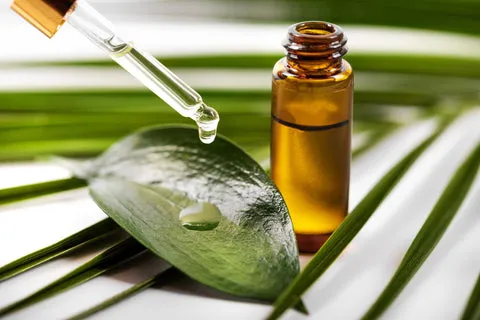
Mineral oils are the most common in conventional cosmetics. However, their molecules are too large to be absorbed by the skin. They simply remain on the skin's surface, where they form an occlusive film. Only vegetable and animal oils can really penetrate the skin, giving them far more interesting cosmetic properties.
At Lytess, we have chosen vegetable oils for our cosmetotextiles. They are fixed in microencapsulated form to the fibers of our slimming garments.
Moisturizers: lots of water and few active ingredients
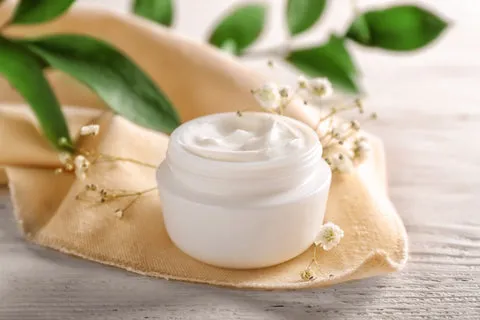
Classic moisturizers, like your night cream or slimming cream, are generally oil-in-water (O/W) emulsions, also known as water-continuous. In other words, they contain a majority of water in which oil droplets are dispersed. If you're curious, they are formulated as follows:
- water (from 60% to over 80%)
- a complex of fats and lipids (around 20%)
- emulsifiers, to allow fat and water to mix
- humectants, to attract and retain water (hyaluronic acid, glycerine, etc.)
- active ingredients (only 1 or 2%), which give your cream its properties
- preservatives, essential due to the presence of water
- additives (perfume, colorant, viscosity control agent, etc.) intended to enhance the sensoriality of the finished product.
Focus on the skin's barrier function
Your skin is covered by a relatively impermeable lipid barrier. This physiological feature plays a decisive role in how it interacts with an oil or cream.
We tend to forget it, but the skin is first and foremost a protective shield. It regulates exchanges between your body and the outside world, in both directions. To do this, the skin's surface is equipped with a watertight coating that protects you from physical, biological and chemical aggression. This barrier function is mainly ensured by two elements:
- The hydrolipidic film: a mixture of a lipid fraction (sebum) and an aqueous phase (sweat). It covers the skin's surface, giving it its acidic pH. It also plays an occlusive role, slowing down the evaporation of water as it diffuses from the deeper layers (dermis) to the upper layers of the skin.
- the stratum corneum: this is the most superficial layer of your skin. It's made up of a "wall" of dead cells spread over several strata and composed of keratin, a hydrophobic protein (which cannot interact with water). This impermeability is reinforced by the liquid in which these cells are immersed: intercellular cement, composed of lipids (ceramides, fatty acids, cholesterol).
How a cream works: surface moistening

What happens when you apply a cream to your skin? As the cream is mainly composed of water, part of its progress is blocked by the lipidic nature of the skin barrier. It is therefore bound to evaporate progressively. This phenomenon is slowed by the combined action of humectants and oils, which temporarily trap a small portion of water in the stratum corneum, giving the skin a plumped-up appearance. At the end of the day, all that remains is a very light protective film.
What about the active ingredients? They are carried along by the emulsion's continuous phase (water, in the case of a classic cream) and remain in contact with the stratum corneum. Their concentration evolves as the water evaporates: absorption is at its highest when they reach saturation in the water. Only then will they be able to break free from their vehicle and penetrate the skin.
Oil: optimal bioaffinity with skin tissue
Some plant oils have the particularity of being composed of fatty acids very close to the lipids that make up the skin's surface. Unlike water, they are therefore able to penetrate more deeply into the different layers of the epidermis.
By working their way into these layers, the fatty acids in plant oils reinforce the skin's anti-dehydration barrier: they reconstitute the fatty phase of the hydrolipidic film and make up for any lipid deficiencies in the intercellular cement. In short, vegetable oils are indirectly moisturizing, since they regulate water loss through evaporation. They are excellent emollients, leaving skin soft and supple.
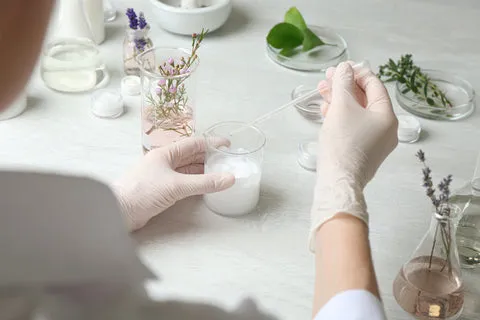
The affinity of oils with skin lipids facilitates the transit of the active ingredients they carry. Their chemical structure is therefore particularly interesting in the formulation of slimming cosmetics, which need to reach deep layers to be truly effective. Are you beginning to understand why we prefer oils?
Vegetable oils: active substances in their own right
Vegetable oils have another advantage: they are active ingredients in their own right. They don't simply convey the main active ingredients of a cosmetic product to the skin. They also provide other active ingredients with which they are naturally endowed, giving them specific properties.
These active substances are contained in the unsaponifiable fraction of vegetable oils. They are mainly :
- carotenoids, precursors of vitamin A
- tocopherols, in particular vitamin E
- phytosterols, the equivalent of plant cholesterol.
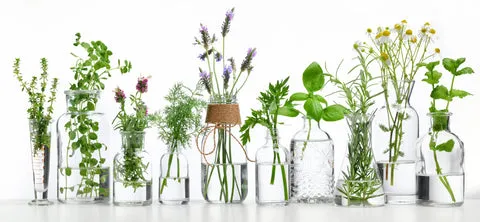
Vegetable oils contain up to 3% unsaponifiable matter. This figure rises to 15% for shea butter! Apart from its consistency, it has the same properties as vegetable oils. You'll find it in many of our slimming undergarments, like the Shorts confort minceur or the Shorty dentelle amincissant ventre plat.
Lytess: oils for your figure
Vegetable oils form the basis of our slimming solutions. They are combined with anti-cellulite, draining or toning active ingredients, then encapsulated in polymer envelopes that preserve their nutritive qualities for the long term. Combined with our technical textiles, they act on the areas that give you complexes to detoxify, smooth or firm your skin. It's so easy!
Explore our styles range of slimming garments and undergarments and treat yourself to the benefits of a rigorous selection of plant oils and butters. All are recognized for their high nutrient content and excellent affinity with the skin. Among our favorites:
- sweet almond oil: highly emollient, it is at the heart of the moisturizing action of most of our products.
- apricot kernel oil: rich in omega-6, it is renowned for its great penetrating power.
- Mango butter: a reserve of essential fatty acids and antioxidants, it has lipid-replenishing properties that are highly appreciated in the care of dry skin.



